#Piet Kramer
Explore tagged Tumblr posts
Text
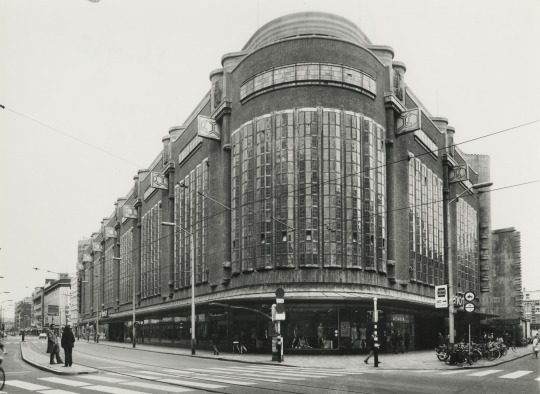
Department Store "De Bijenkorf" (1924-26) in Den Haag, the Netherlands, by Piet Kramer
#1920s#department store#amsterdamse school#modernism#modernist#architecture#netherlands#architektur#den haag#piet kramer
307 notes
·
View notes
Text




Escalier et entrée du Grand Hotel Amâth Amsterdam (Scheepvaarthuis) Amsterdam, Pays-Bas. Architectes de l'école d'Amsterdam Michel de Klerk (1884-1923) et Piet Kramer (1881-1961. (Crédit photos @warsaw_freaky [G]). - source Sally Jo.
13 notes
·
View notes
Text

Piet Kramer / De Dageraad / 1923 / Amsterdam, the Netherlands
_____
source:
https://www.pinterest.jp/pin/243475923585010201/
see also here for the detailed drawings:
http://vps6223.xlshosting.net/en/projects/woningbouw-de-dageraad
0 notes
Text
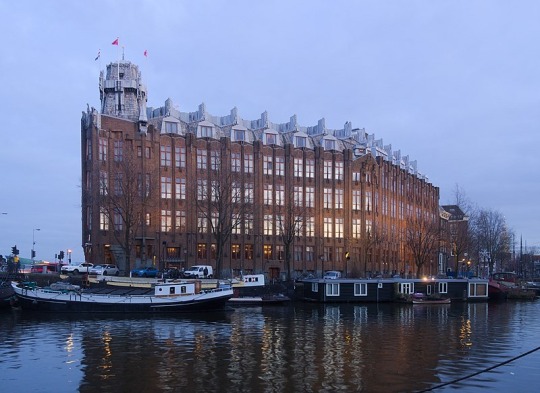
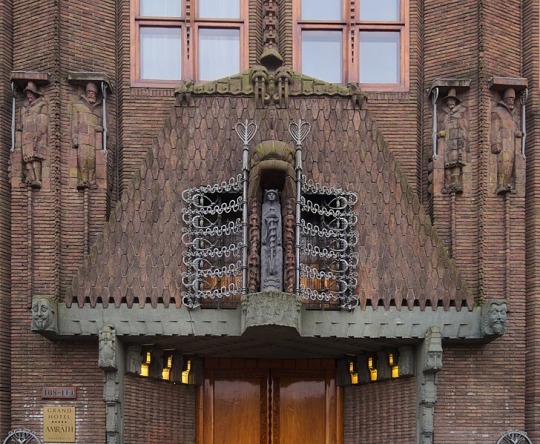
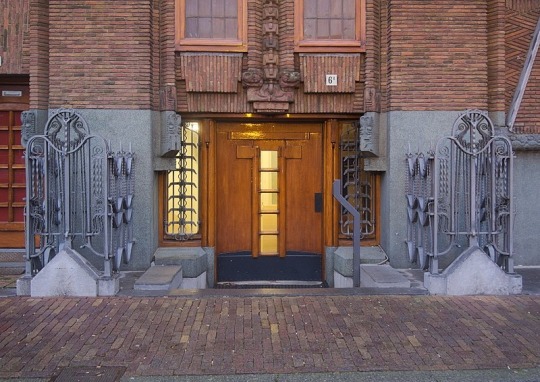
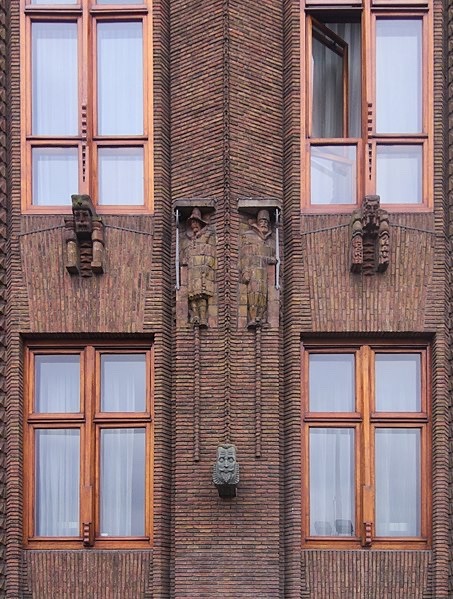

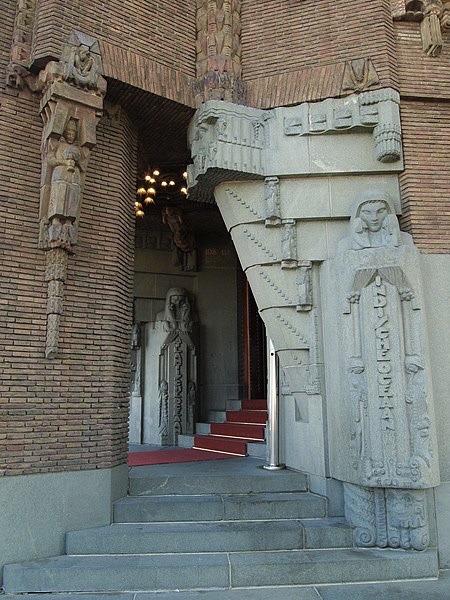
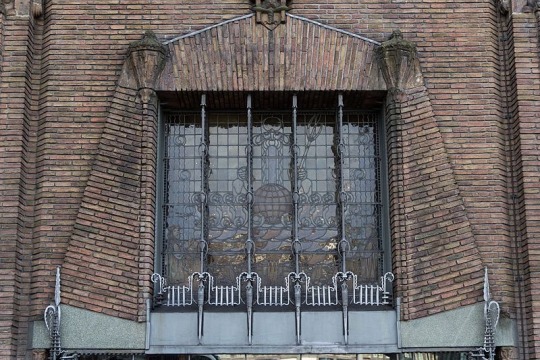
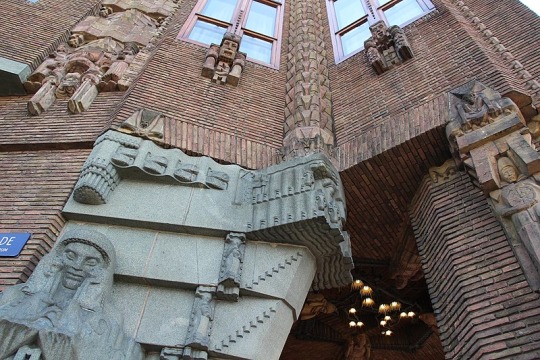
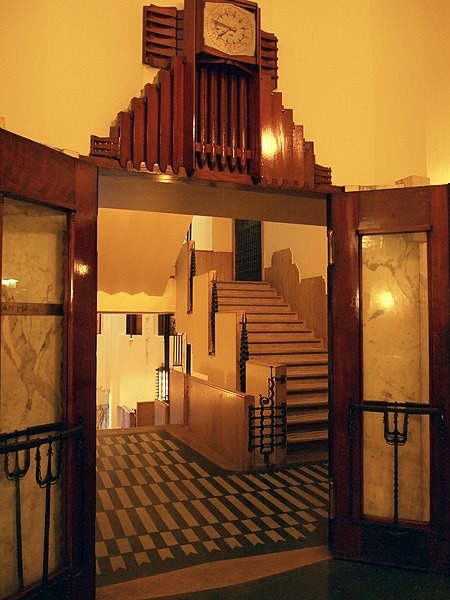
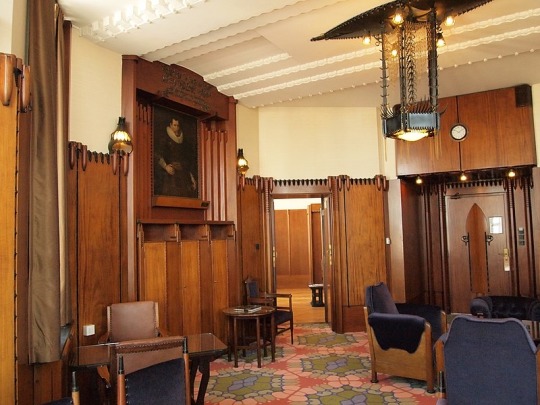
#Netherlands#Amsterdam school#1910s#1920s#20s#Johan van der Mey#Michel de Klerk#Piet Kramer#favorites#1913
45 notes
·
View notes
Photo
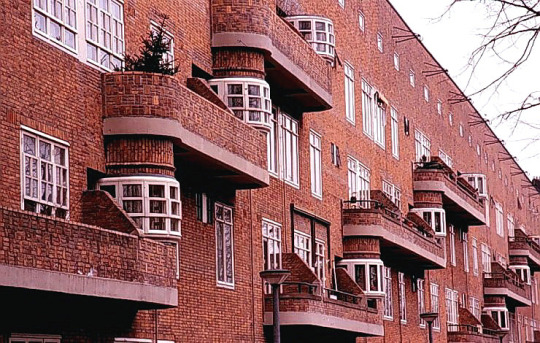
Vrijheidslaan, Amsterdam. Middle-class housing (1921–1923) by Michel de Klerk and Piet Kramer in the style of the Amsterdam School (Expressionist architecture).
17 notes
·
View notes
Text
Architect Michel de Klerk bouwde paleizen voor arbeiders
Architect Michel de Klerk bouwde paleizen voor arbeiders
Architect Michel de Klerk (1884-1923) was de grote voorman van de Amsterdamse Schoolstijl en werd bekend vanwege zijn expressieve en fantasievolle ontwerpen, waaronder ook meubelen. Hoogtepunt van zijn oeuvre is het gebouw Het Schip in Amsterdam. Vader De Klerk was al 78 jaar en had al 21 kinderen uit een vorig huwelijk toen in 1884 Michel werd geboren als de jongste van de vier kinderen bij zijn…
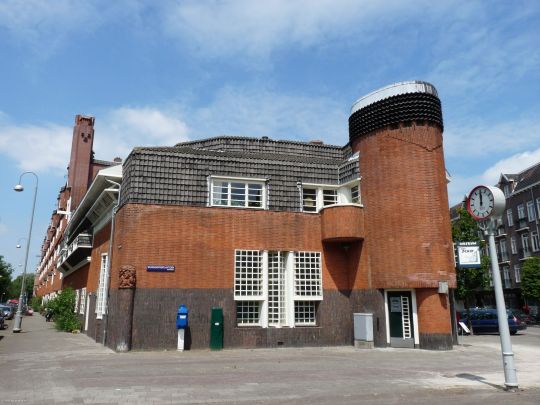
View On WordPress
#19-de en 20-ste eeuws#Amsterdam#Amsterdamse school#arbeidersbestaan#arbeiderspaleizen#architect#bouwen#Eduard Cuypers#expressief#fantasievol#Het Schip#hoger plan#Jo van der Mey#longontsteking#Pierre Cuypers#Piet Kramer#Spaarndammerbuurt#woonblokken
1 note
·
View note
Text
CASA DA NAVEGAÇÃO – JOHAN VAN DER MEY, PIET KRAMER, MICHEL DE KLERK (AMSTERDÃ/1912-1916)
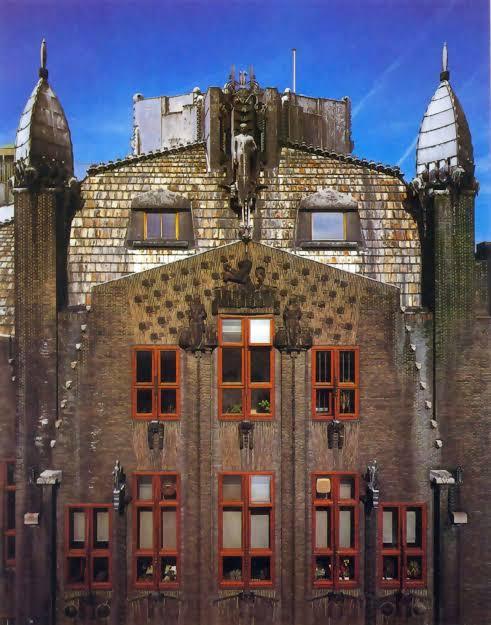
0 notes
Text
THE SUITCASE SHOW feat Piet Botha, Valiant Swart, Anton Goosen, David Kramer, Akkedis, Beeskraal
THE SUITCASE SHOW feat Piet Botha, Valiant Swart, Anton Goosen, David Kramer, Akkedis, Beeskraal
https://www.mixcloud.com/briancurrin/the-suitcase-show-16-june-2020-feat-piet-botha-valiant-swart-anton-goosen-david-kramer-akkedis/ THE SUITCASE SHOW feat Piet Botha, Valiant Swart, Anton Goosen, David Kramer, Akkedis, Beeskraal Every vagabond needs a suitcase. This is a, mainly South African, mostly Afrikaans, series of shows with some well-known tjoons and many obscure ones. Some happy…
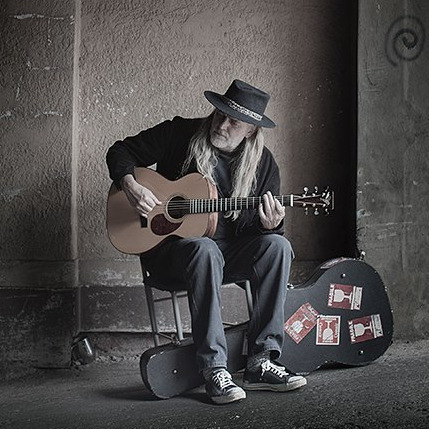
View On WordPress
0 notes
Text
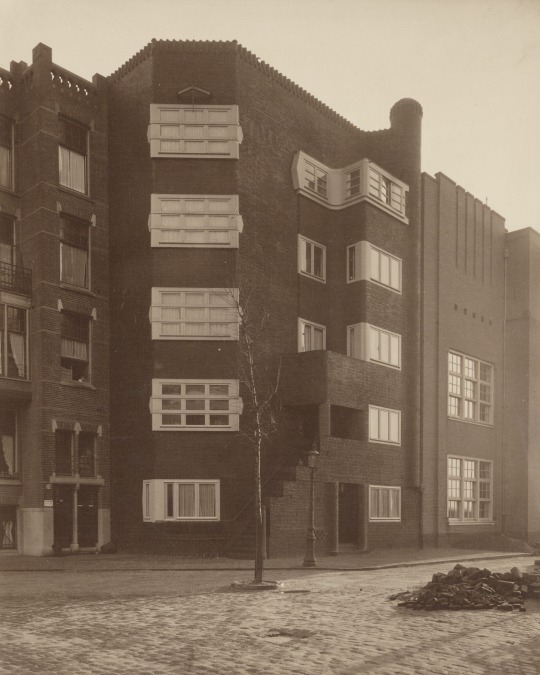
"Het Zwarte Huis" Housing Block (1921-22) in Amsterdam, the Netherlands, by Piet Kramer
#1920s#housing#brick expressionism#expressionist#architecture#netherlands#amsterdamse school#architektur#amsterdam#piet kramer
229 notes
·
View notes
Text
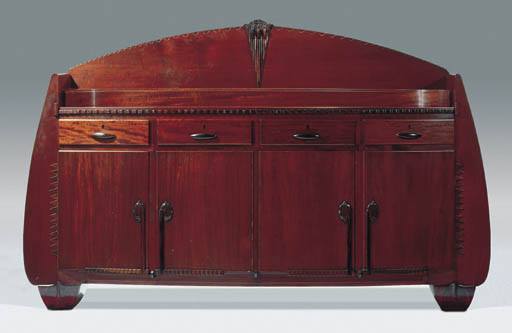
Happy Birthday, Piet Kramer (1881-1961)
Mahogany and rosewood sideboard, 1920
0 notes
Text

Piet Kramer / De Bijenkorf / 1926 / Den Haag, the Netherlands
_____
source:
https://architectuul.com/architecture/de-bijenkorf-the-hague
0 notes
Text










Park Meerwijk
.
25 notes
·
View notes
Photo
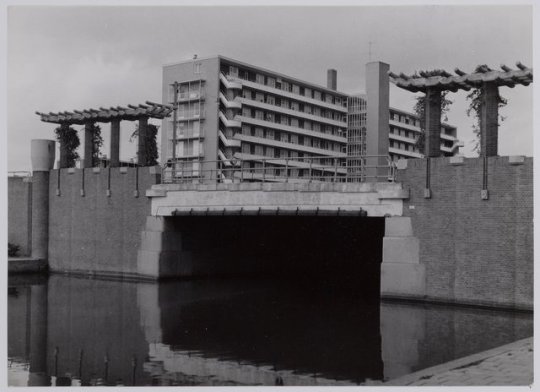
Bridge 604 by Piet Kramer, Burgemeester Cramergracht, Amsterdam, 1954
124 notes
·
View notes
Text
Mondrian & mysticism: “My long search is over” by Hilton Kramer
On Piet Mondrian: 1872–1944 seen first at the Haags Gemeentemuseum, The Hague (December 18, 1994–April 30, 1995), then at the National Gallery of Art, Washington, D.C. (June 11–September 4, 1995) and on view at the Museum of Modern Art, New York, from October 1, 1995, through January 23, 1996.
The irrational bears the same relation to the rational that the unknown bears to the known. In an age as harsh as it is intelligent, phrases about the unknown are quickly dismissed. I do not for a moment mean to indulge in mystical rhetoric, since, for my part, I have no patience with that sort of thing. That the unknown as the source of knowledge, as the object of thought, is part of the dynamics of the known does not permit of denial… . We accept the unknown even when we are most skeptical. We may resent the consideration of it by any except the most lucid mind; but when so considered, it has seductions more powerful and more profound than those of the known. —Wallace Stevens, circa 1937
What was the nature of the quest that moved the Dutch painter Piet Mondrian (1872–1944) to abandon the representation of nature in favor of an art of pure abstraction? What, exactly, did Mondrian believe that he had achieved? In any attempt to address this question, we are obliged to deal with the fact that abstract art—and not only Mondrian’s—was born of an alliance of aesthetics and mysticism. We are obliged to examine the ideas that shaped the artist’s search for the absolute in art. Ideas, of course, are no substitute for the experience of art, and in Mondrian’s case are certainly not to be taken to be the “subject matter” of his painting. Yet without some grasp of the intellectual history that led the artist to make his fateful leap into abstraction, the spiritual imperative that governed Mondrian’s art is unlikely to be understood. This is a subject that takes us into the mind of modernism at one of the key turning points of its history. It therefore seems an appropriate subject to explore on the occasion of the great Mondrian exhibition that opens next month at the Museum of Modern Art in New York—and all the more so since the exhibition itself, as it was presented at the National Gallery in Washington this summer, gave the subject scant attention. In Professor Yve-Alain Bois’s essay for the catalogue accompanying the exhibition, for example, the author seems vaguely embarrassed that an artist of Mondrian’s stature might be seen to be seriously implicated in a system of ideas and beliefs which for most of us cannot claim a very persuasive intellectual provenance.
Excerpted from: Kramer, Hilton. “Mondriand & mysticism: ‘My long search is over.” New Criterion, 14 issue 1 (Sept 1995): 4-14. Print.
Access the full essay here.
0 notes
Photo
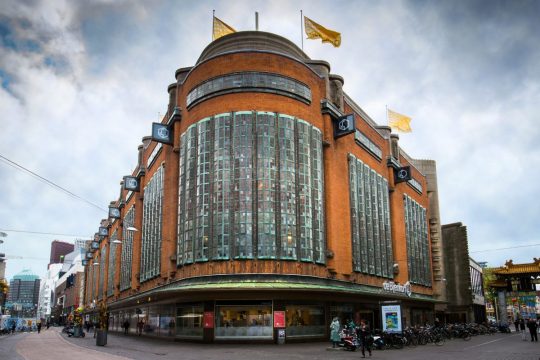
De Bijenkorf, The Hague (1926) by Piet Kramer [Building] via /r/architecture https://ift.tt/36X17I9
0 notes
Text
Ere-insigne in goud voor Alkmaarders Frans Kramer en Gijs Schot
Ere-insigne in goud voor Alkmaarders Frans Kramer en Gijs Schot Woensdag reikte burgemeester Piet Bruinooge het ere-ins...
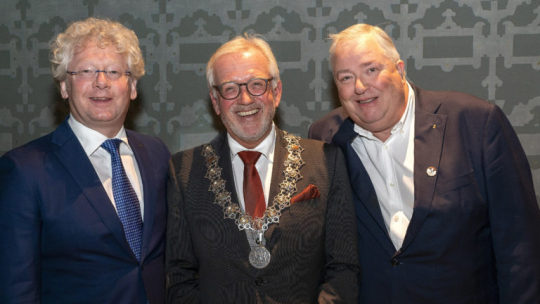
https://www.alkmaarcentraal.nl/nieuws/60047743-ere-insigne-in-goud-voor-alkmaarders-frans-kramer-en-gijs-schot
0 notes